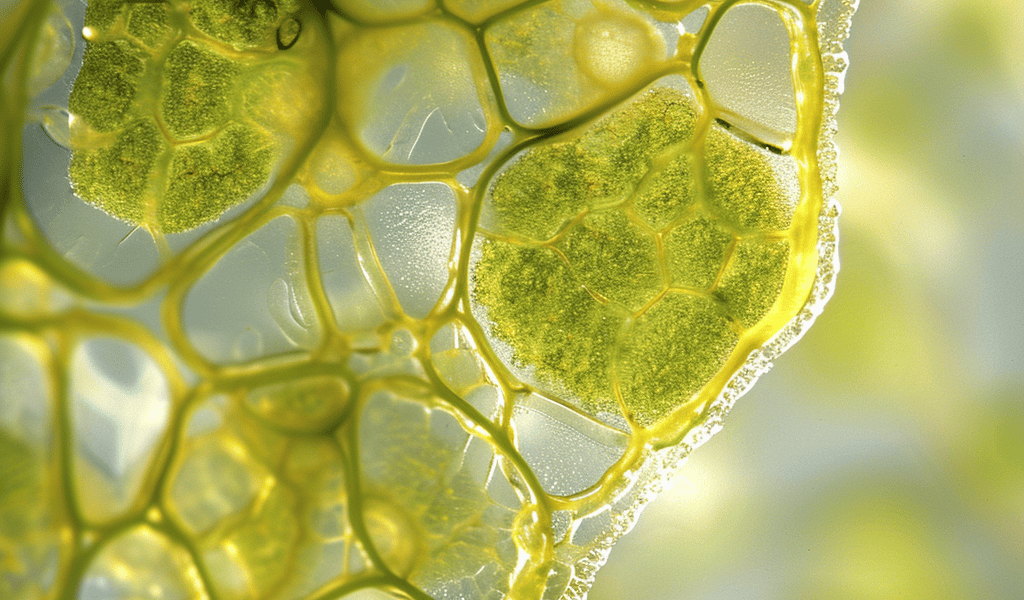Scientists Make Groundbreaking Discovery on Confined Microalgal Cell Growth in Photosynthetic Engineered Living Materials
Scientists from TU Delft have made a groundbreaking discovery on how confined microalgal cells can grow optimally in photosynthetic engineered living materials. These microalgae, using light energy, convert CO2 from the air into sugars, energy, and oxygen for their survival. The implications of this research are far-reaching, as algae-based living materials could be used in various applications, from functional objects for CO2 capture to oxygen sources for biological tissues.
The team, led by Marie-Eve Aubin-Tam and Kunal Masania, has shared their new insights in Advanced Materials, shedding light on the potential of engineered living materials (ELMs) to revolutionize society. An example is photosynthetic living materials, in which organisms grow that actively photosynthesize.
According to biophysicist Aubin-Tam, ‘We studied ELMs with photosynthesizing algae, which could ultimately be used to deliver oxygen to biological or engineered tissue, where oxygen supply is often a limiting factor for growth.’ The artificial engineering of biological tissues is especially crucial given the growing need for organ transplants.
One of the main limitations preventing the use of these materials on a larger scale is the lack of knowledge on how to control the growth of the cells in these materials. The team investigated how the growth of cells is affected by the shape of the material, light exposure, and access to nutrients and CO2. They found that the cells grew predominantly along the edges of the material, where they have better access to air and light. The researchers also discovered that a thin structure with a large surface area increases the efficiency of the ELMs, with a relatively big portion of the cells found along the edges and therefore in the vicinity of air.
Remarkably, the researchers found that the cell growth in the ELM matches how the leaf of a plant is structured. This similarity to nature’s design further underscores the potential of this research in creating sustainable and efficient living materials.





